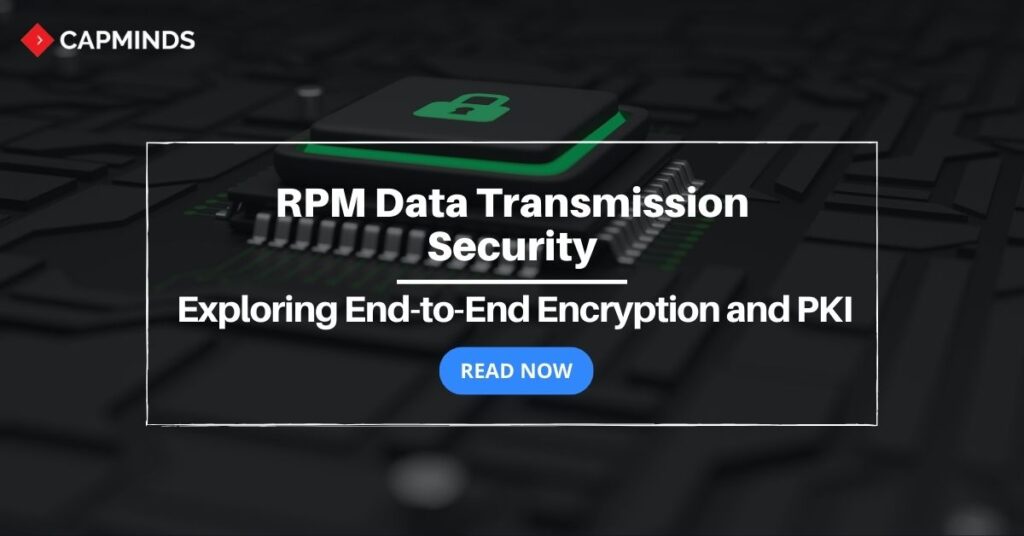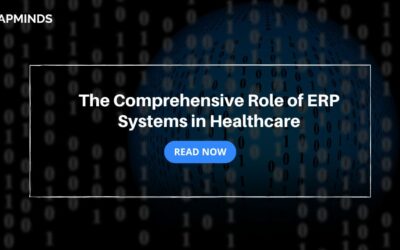RPM Data Transmission Security: Exploring End-to-End Encryption and PKI
In an era where healthcare is increasingly reliant on technology, Remote Patient Monitoring (RPM) has emerged as a pivotal tool for ensuring patients’ well-being.
RELATED: Remote Patient Monitoring 101: Everything for 2023 & Beyond
However, with the convenience and benefits of RPM come concerns about the security of patient data during transmission. How can we safeguard this sensitive information? The answer lies in two powerful concepts: End-to-End Encryption and Public Key Infrastructure (PKI).
RELATED: Remote Patient Monitoring 101: The Ultimate Integration Guide
Understanding RPM Data Transmission
Before we dive into the technical aspects of securing RPM data transmission, let’s understand the basics.
- RPM involves the continuous collection of patient health data, which is then transmitted to providers for analysis and action
- This data can include vital signs, medication adherence, and other critical health information
- The challenge here is to ensure that this data is not intercepted or tampered with during transmission
- Any breach of patient data could have severe consequences, both for individual privacy and the integrity of healthcare services
The Role of Encryption in RPM Data Security
Encryption is the cornerstone of data security in RPM. It’s like placing your data in a secure, impenetrable vault while it travels through the digital highway.
Encryption is one of the key components of data security in remote patient monitoring (RPM) due to its ability to protect patient health information from unauthorized access.
The important benefit of this end-to-end encryption is to provide access only to the sender and the authorized person to safeguard the messages or data.
Here are some of the other benefits:
- It aids organizations to comply with data protection laws and regulations like GDPR and HIPAA.
- End-to-end encryption helps in remote work environments.
- Protecting against harmful threats and protecting data from being compromised during transformation, on servers, or in data centers.
What is Encryption?
At its core, encryption is the process of converting data into a format that is unreadable without the correct decryption key. Think of it as translating a message into a secret code that only the intended recipient can decipher.
Now, let’s explore how end-to-end encryption and PKI work together to ensure the security of RPM data.
End-to-End Encryption: Protecting Data from Sender to Receiver
End-to-end encryption is a robust security measure that ensures data remains confidential throughout its entire journey – from the sender (patient’s device) to the receiver (provider’s server).
How End-to-End Encryption Works
- Data Encryption: When a patient’s health data is collected, it’s encrypted on their device. This means that the data is transformed into a complex code that’s nearly impossible to decipher without the encryption key
- Transmission: The encrypted data is then sent over the internet to the healthcare provider’s server
- Decryption: On the healthcare provider’s end, the data is decrypted using the appropriate decryption key, making it readable and usable
The Key Advantage of End-to-End Encryption
Even if a cybercriminal intercepts the transmitted data, they won’t be able to make sense of it without the decryption key. This ensures the utmost privacy and security for patient data.
Public Key Infrastructure (PKI): The Key to Secure Communication
Now that we understand end-to-end encryption let’s introduce PKI, a crucial element in establishing secure communication between devices and servers.
What is PKI?
PKI is a system that manages digital keys and certificates. It provides a framework for secure and encrypted communication.
Public key cryptography is the process of creating two different keys, one is a public key and another is a private key. The public key has free access to share, while the private key should be kept secret.
How PKI Works in RPM
- Key Pair Generation: A patient’s device and the healthcare provider’s server each have a pair of keys: a public key and a private key. The public key can be freely shared, while the private key must be kept secret.
- Digital Certificates: These are like digital ID cards. They verify the authenticity of the public keys. Certificates are issued by trusted entities known as Certificate Authorities (CAs).
- Secure Communication: When data is transmitted, it’s encrypted using the recipient’s public key. This ensures that only the intended recipient can decrypt and read the data using their private key.
The Strength of PKI
PKI adds an additional layer of security by verifying the identities of both sender and receiver. It ensures that malicious parties do not intercept data.
PKI offers strong authentication mechanisms for users accessing systems, networks, or online services. Certificates act as a secure digital identification, making sure that access is granted only to verified users.
The benefits of using PKI increase the reliability of the internet because it offers a system and infrastructure to secure data, user, and service identities and ensure the integrity of the data has stayed unchanged and authentic.
The Synergy of End-to-End Encryption and PKI in RPM
Now that we’ve explored both concepts separately, let’s see how they come together to protect RPM data.
- Data Encryption: End-to-end encryption ensures that the data is scrambled into an unreadable format on the patient’s device
- Secure Transmission: The encrypted data is transmitted over the internet, but even if intercepted, it remains indecipherable without the private key
- PKI Verification: PKI ensures that the patient’s device and the provider’s server are who they claim to be. This prevents man-in-the-middle attacks where a malicious entity tries to impersonate either end of the communication
- Decryption at the Receiver’s End: Once the data reaches the provider’s server, it’s decrypted using the private key, making it usable for medical professionals
This two-pronged approach, combining end-to-end encryption and PKI, forms a robust security framework that protects RPM data from the moment it leaves the patient’s device to its arrival at the healthcare provider’s server.
Challenges and Considerations
While the technicalities of securing RPM data are fascinating, there are some practical challenges and considerations to keep in mind.
- Usability: Balancing security with ease of use is crucial. RPM devices must be user-friendly while ensuring data security
- Regulatory Compliance: Providers must adhere to strict regulations such as HIPAA in the United States. Ensuring that the chosen security measures meet these standards is vital
- Data Backup: While encryption protects data during transmission, it’s also essential to have robust data backup and recovery systems in place
- Device Security: Patient devices need to be secured against unauthorized access to prevent data breaches at the source.
- Regular Updates: Both end-to-end encryption protocols and PKI certificates require regular updates and maintenance to remain effective
Final Thoughts: Securing RPM Data Transmission
In the world of Remote Patient Monitoring, data is the lifeblood of healthcare.
Ensuring its security during transmission is not just a technical matter but a moral and legal imperative. End-to-end encryption and PKI provide the necessary tools to protect patient data and maintain the trust that is fundamental to the doctor-patient relationship.
As RPM continues to evolve and become more integrated into healthcare systems, so too will the need for robust data security measures. By understanding and implementing these technologies effectively, we can ensure that RPM not only improves patient care but also safeguards their most sensitive information. It’s a win-win for the future of healthcare.
Remote Patient Monitoring Solution from CapMinds
Be it treatment for anything, RPM’s role is vital. Its use of devices and delivering high-quality care remotely enables patients to relax and forget in-patient visit pressures.
Why choose CapMinds RPM?
- Simple new patient enrolment
- Manual & automated patient data access
- Customizable notification system
- Fully compliant billing
- Secure & HIPAA compliant
- Practice specific support
- Real-time tracking
- Better at-home chronic care management
- Reduced hospitalizations
- Efficient Remote Physiologic & Therapeutic Monitoring
- High-end Interoperability
- Easy service integrations and customizations – whatever you need!
CapMinds RPM solution allows patients to use digitally connected devices – like heart monitors and blood pressure cuffs to perform routine tests and share their health data with a healthcare professional. For more details visit our website and get started now with us on your journey to more success.
“Let’s make your practice more accessible to people around the world, together”




